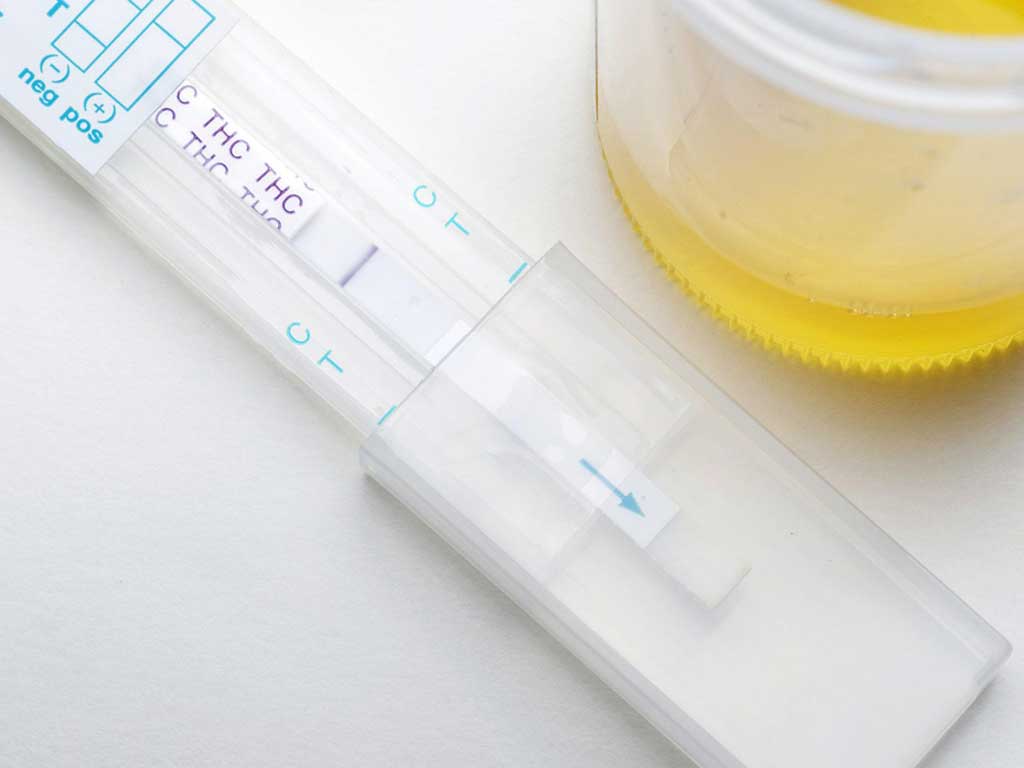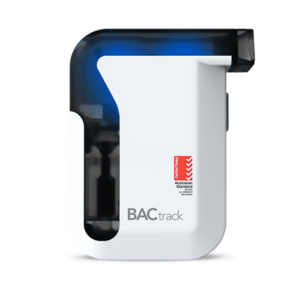Home Drug Test Kit: What It Is, the Available Types, and Accuracy
08 January, 2024

A home drug test kit is a screening tool for drug detection. It is a tool that eliminates the need for people to go to a laboratory. There are various types of home test kits available, including those that test urine, saliva, and breath samples. The urine test kit requires a urine sample, while the saliva test kit involves swabbing the inside of the mouth. On the other hand, the breath test kit requires blowing into a device.
Misusing prescription drugs or abusing illegal drugs can result in significant repercussions. There are potential risks associated with addiction, physical and psychological harm, impaired decision-making abilities, and potential death. A home drug test is a great way to determine if someone has been using drugs and identify possible substance abuse issues. At-home kits are typically user-friendly. This article will present more about a home testing kit for drugs, including its types and accuracy.
What Is a Home Drug Test Kit?
A home drug test kit is a screening tool that allows people to test themselves or others for the presence of illicit drugs. The kit comes with all the necessary components for sample collection and analysis. It includes a specimen container, testing strips, and instructions for use. In addition, it provides quick results by indicating the absence or presence of substances.
The test kits contain antibodies that respond when a specific substance is detected. It produces a colour change or alters the presence of lines to indicate the results. However, this type of testing merely identifies the existence of drugs without quantifying the amount or concentration levels.
Individuals who are concerned about their consumption of drugs often use a home test kit. This screening tool is also beneficial in workplaces to detect or monitor impairment among employees. If the results indicate drug use, they may send the samples to a laboratory for further analysis. This can help determine heavy consumption or habits and minimise false positives.
Benefits
- Home test kits are simple to use and can be self-administered
- It is effective in detecting a range of substances.
- Drug testing kits can provide results in a matter of minutes, allowing for quick action or intervention if necessary.
- They provide privacy and convenience for people who want to test themselves or others in the comfort of their own homes.
- They can help deter drug use or potential abuse.
- It is a practical alternative to laboratory testing. They are more affordable, saving individuals or companies time and money.
- Efficient in monitoring patients under a rehabilitation program.

Types of Home Drug Test Kits
A home drug test kit is available in various types, with one common type being the urine test kit, comprising a collection cup and dipstick. Individuals collect a urine sample and secure it in the container. Next, they submerge a test strip containing reactive agents into the sample. A urine test kit can detect drugs for up to 48 hours, depending on the amount and frequency of use.
The second type is the saliva drug testing kit, which includes a swab stick with an absorbent end. Users brush the inside of the cheek to obtain saliva samples. Afterwards, they place the stick into a testing strip containing immunoassays. This test can detect drugs within 5 to 24 hours after consumption.
Another form of testing involves the breath alcohol test. It utilises a portable breathalyser that detects ethanol through its sensors and estimates the Blood Alcohol Concentration (BAC). The procedure requires the person to blow into the device for a few seconds. Then, the tester analyses the breath sample and provides a BAC reading.
Detectable Substances
Home test kits can detect common drugs of abuse, such as cocaine, amphetamine, ecstasy, marijuana, heroin, and benzodiazepines. The substances detected will vary based on the number of panels in an assay kit. They can also trace prescription drugs, such as narcotics. These substances have noticeable effects on the behaviour, functioning, and health of a person.
Furthermore, people can detect ethanol, a substance commonly present in alcoholic beverages, by using a breathalyser. This substance can impair judgment and slow down reaction times within minutes after consumption. Therefore, it is crucial to monitor its presence to prevent accidents or impaired driving.

Accuracy of Home Drug Test Kits
The accuracy of a home drug test kit may differ based on the types of drug test methods used. Although they can be reliable in assessing substance use, they may not be as precise as laboratory testing. Moreover, their accuracy depends on several factors. Firstly, the cut-off level. Substances that do not reach the minimum threshold yield a negative test result.
Secondly, the degree of sensitivity. This pertains to the capability of identifying and quantifying the minimum concentration of a drug. A higher sensitivity allows the test to detect substances at lower concentrations, enhancing its effectiveness in identifying substance use disorder. Another factor that can impact the accuracy of test kits is user error. Failure to follow the collection process may lead to imprecise results.
Additionally, there is a possibility of adulteration. Improper handling or exposure to contaminants can potentially impact the test results. This can invalidate the results and show false negatives or positives. Therefore, it is vital to carefully read instructions and follow protocols when conducting a drug test at home.
Cut-off Levels and Detection Times
Cut-off levels refer to the minimum concentration of a drug that must be present in the urine sample for the test to detect it. For example, the cut-off level for Tetrahydrocannabinol (THC) may be set at 50 ng/ml. This means that THC levels above 50 ng/ml in the urine would lead to a positive test result.
Detection times show how long a drug can be detected in urine after drug use. This varies depending on the specific drug, the amount used, and the metabolism. For instance, marijuana stays detectable for about 25 days after use. Meanwhile, cocaine remains traceable for only one to four days.
Conclusion
In summary, a home drug test kit is a self-administered tool for detecting illicit drugs. It typically includes a specimen container and testing strips that show results through colour changes or lines. There are different types, such as urine, saliva, and breath test kits, each with varying detection windows. These kits offer a quick initial screening, but for detailed analysis, samples may need further testing at a laboratory.
The accuracy of home test kits hinges on factors such as cut-off levels, sensitivity, and user adherence to protocols. A crucial aspect is understanding the cut-off levels, indicating the minimum drug concentration for detection. Detection times also vary. For instance, marijuana is detectable for around 25 days and cocaine for one to four days. Adulteration risks and user errors can impact results. Therefore, careful adherence to instructions is essential to ensure precise outcomes.






























